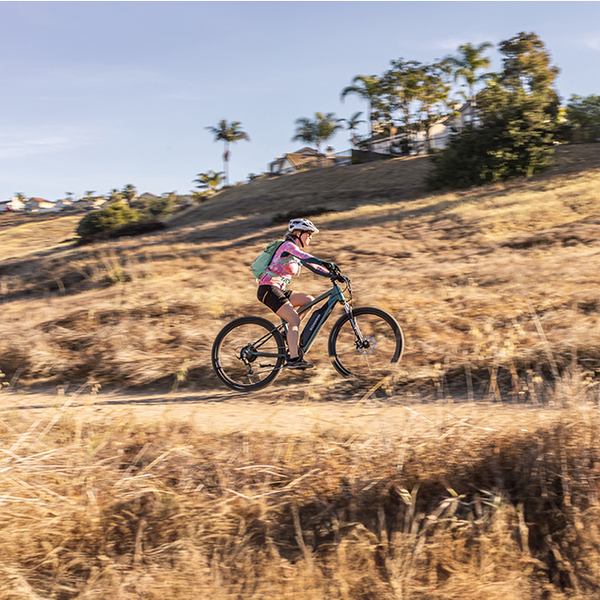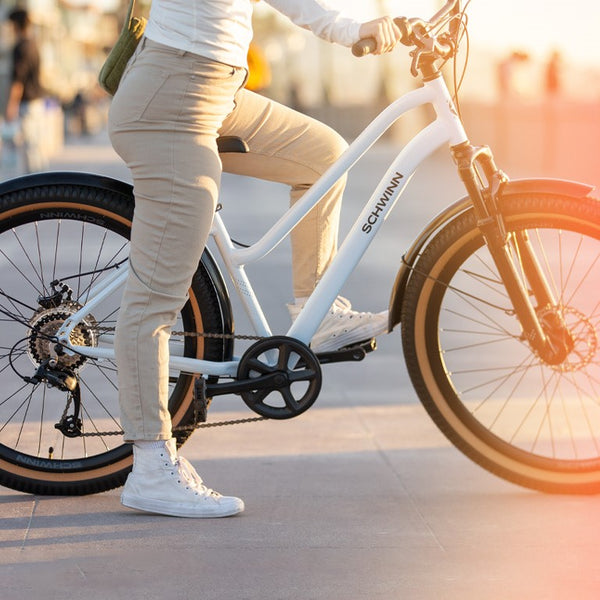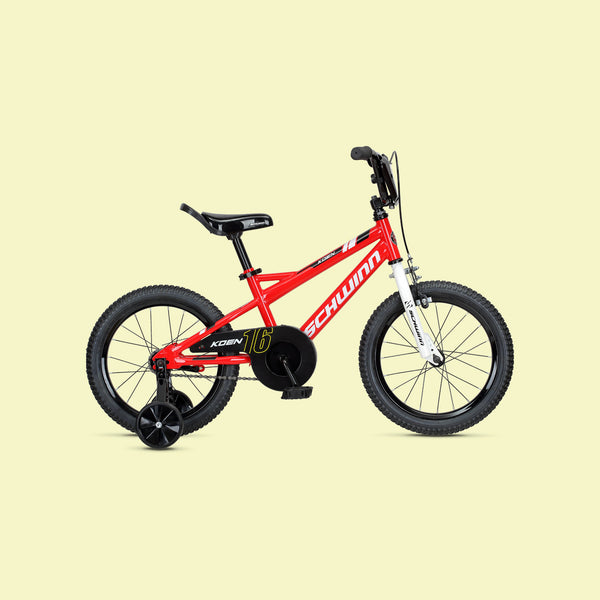Bike helmets are a key part of riding safely, but not all of them are made the same. Helmets come in a variety of styles, each designed to work best for different purposes. For example, recreational bike helmets are very different than mountain bike helmets, or those designed for road riding and commuting. Some helmets are even certified to protect you in activities other than bicycling, like in-line skating or skateboarding. Once you can identify helmet styles and the features that make them unique, you can find the right one for how you like to ride. In this guide, we’ll explore the four main types of bike helmets: recreational, mountain, multi-sport, and commuter. Let’s dive in!
Recreational
Recreational cycling is all about leisure and enjoying the ride, and recreational helmets are designed with this in mind. They prioritize comfort and style, while still providing essential protection for adults or kids. There are even recreational helmets designed specifically for infants, for use when riding in bicycle trailers or child carriers.
Recreational bike helmets typically feature a lightweight design with adequate ventilation, and most include a removable visor to help protect you from the sun. Whether you're riding through the neighborhood or down the bike path, a recreational helmet is a great choice for casual riders and kids. And if you’re not quite sure what kind of riding you’ll be doing, this is the helmet for you.

Mountain
Mountain bike helmets are designed for off-road rides and trail excursions. These tough helmets are typically constructed of a durable ABS material, with a thicker shell than most recreational helmets. The shape of the helmet is also designed to provide enhanced head coverage, meaning the shell comes down lower on the sides and back for added protection if you fall on the trail.
The number of vents on a mountain bike helmet may be fewer than what you find on a recreational helmet, but the larger size of each vent allows for better airflow and cooling, even at slower speeds.
Mountain bike helmets include a large visor that helps shield you from the sun and rain, and deflect overhanging tree branches. The extended length of the visor also helps maintain an ideal range of vision, even when climbing or descending trails when the sun is rising or setting.

Multi-Sport
Multi-sport helmets, sometimes referred to as skate or BMX helmets, prioritize versatility with certification for multiple riding activities and action sports other than cycling. That means they’re tested and approved to ASTM (American Society for Testing and Materials) standards for bikes, scooters, skateboards, and inline skates as well. Be sure to check for this certification on the packaging or product information for your helmet to understand its intended use.
Similar to a mountain bike helmet, multi-sport helmets also typically feature a tough ABS hard shell construction. Comparing the shape of these helmets is quite different though. The smooth, rounded shell of a multi-sport helmet provides good coverage on the sides and back of the head, but this simple design means there are typically limited vents for cooling.

Commuter
Ideal for daily use riding to work or school, commuter-style helmets focus on a simple, stylish design. Many of these helmets feature a small integrated visor, while other models may feature a larger removable visor for even more protection from the sun and rain.
Commuter helmets often include limited vents similar to a multi-sport helmet, but this allows for additional soft padding material on the inside of the helmet to increase comfort. Some commuter helmets include extra pads of varying thickness to help fine-tune your fit.
When riding in and around traffic, visibility is key, especially in low light. These helmets commonly include additional features to help you be seen, like integrated lights or reflective material. Sounds like a bright idea, right?

Whatever type of helmet you choose, always check that it fits and is properly adjusted for your head - this can make a big impact on the ability of the helmet to protect you. If you’re unsure about how to measure for a bike helmet and pick the right size, we’ve got you covered with our guide on helmet fit and adjustment.
No matter which type of riding you do, there’s a helmet designed to help make your ride safer. Once you know how you like to ride, you can easily find the helmet style to match. The only hard part will be deciding which color you like best!













